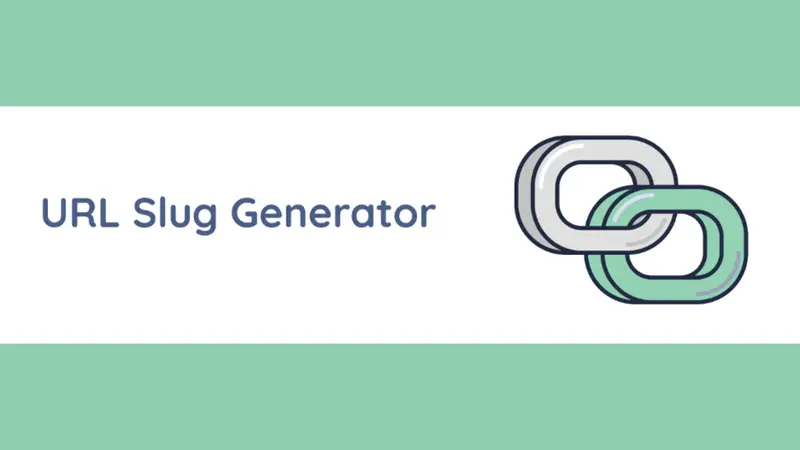Ever heard of an HTML Minifier? It’s like a digital wizard that shrinks your HTML code, making it faster and more efficient.
HTML, the backbone of the web, powers the pages we visit daily. But what if I told you there’s a way to make it sleeker, faster, and more efficient?
Enter the world of HTML Minification and the tools that make it happen, often referred to as HTML Minifiers.
In this article, we’ll embark on a journey to demystify the concept, explore its benefits, and answer burning questions you might have.
Key Takeaways
Minify HTML: A Quick Glance
- Streamline HTML code for faster page loading.
- Remove unnecessary characters and whitespace.
- Boost website performance and user experience.
HTML Minifier: What’s in the Name?
- Tool designed to shrink HTML files.
- Eliminates redundant code without altering functionality.
- Enhances website speed and overall performance.
Why Minify HTML Matters
- Reduces file size for quicker downloads.
- Optimizes rendering, especially on slower connections.
- Enhances SEO by improving page speed.
The ABCs of HTML Minification
Understanding Minification
HTML Minification isn’t a mystical art; it’s more like tidying up a messy room.
Imagine your HTML code as a room filled with unnecessary items and clutter.
Minification is the act of decluttering, making the room (or code) more efficient and streamlined.
How HTML Minifiers Work
HTML Minifiers are like the Marie Kondo of the web development world.
They analyze your HTML code and remove anything that doesn’t spark joy (or serve a functional purpose).
This includes whitespace, comments, and unnecessary characters, leaving only what’s essential for your website to function.
Benefits of HTML Minification
Speedy Delivery
| Original Size | Minified Size | Savings |
|---|---|---|
| 100 KB | 60 KB | 40% |
Minifying HTML reduces file sizes, leading to faster downloads.
Users get your content quicker, and who doesn’t love a speedy website?
Improved User Experience
Smoother loading means happier users. Minified HTML contributes to a seamless browsing experience, especially on mobile devices and slower connections.
SEO Boost
Search engines adore fast-loading pages.
By optimizing your HTML, you’re giving your website a better chance to climb those search engine rankings.
How to Use The HTML Minifier
Minifying your HTML code doesn’t have to be a head-scratcher.
With this straightforward guide, you’ll be zipping up your HTML in no time. Ready, set, minify!
Step 1: Paste Your HTML
Copy your HTML code and paste it into the spacious textarea with the placeholder “Paste your HTML code here…”
Step 2: Hit the Minify Button
Click the “Minify HTML” button. Yes, the one that looks like it means business.
Your HTML will undergo a magical transformation, shedding unnecessary characters and whitespace.
Step 3: Copy or Export
Now, you have choices:
- Copy to Clipboard: Need that minified code ASAP? Click the “Copy to Clipboard” button, and you’re good to go.
- Export: If you prefer a file, hit the “Export” button. Your freshly minified HTML will be saved as “minified.html.”
Step 4: Clear the Stage
Finished with the show? Click “Clear Text” to wipe the slate clean for your next HTML masterpiece.
And that’s it! Your HTML is now sleeker, faster, and ready to impress the digital world.
Minification – making things snappy, one click at a time. 🚀✨
Ready to embark on your minification journey? Give it a try! Paste your HTML in the box and let the magic unfold.
What’s your experience with HTML minification?
Drop a comment and let’s chat!
Frequently Asked Questions
Can HTML Minification cause issues with my website?
While rare, excessive minification can lead to unexpected behavior.
It’s crucial to test thoroughly after minifying to ensure everything functions as intended.
How often should I minify my HTML?
Minification is typically part of your build process.
Whenever you make significant changes to your HTML, run the minifier to keep things optimized.
Do HTML Minifiers affect SEO?
In a positive way!
Faster-loading pages contribute to a better user experience, which search engines reward with higher rankings.
Will minifying HTML break my inline JavaScript or CSS?
No worries!
Reputable minifiers are designed to preserve the functionality of your code, even when it’s tightly packed.
Can I minify HTML manually?
Absolutely, but why go through the hassle?
HTML Minification tools automate the process, saving you time and ensuring accuracy.
Are there any downsides to HTML Minification?
While the benefits outweigh the drawbacks, keep in mind that heavily minified code can be challenging to read and debug. Strike a balance for optimal results.
Do all websites benefit from HTML Minification?
Most websites can reap the rewards of HTML Minification.
However, smaller sites may not experience as dramatic improvements as larger, more complex ones.
Can I revert to the original HTML after minification?
Certainly! Keep backups of your original code, and you can always revert if needed.
Wrapping Up the Minification Magic
Congratulations, you’ve unlocked the secrets of HTML Minification!
As we bid farewell, remember that minifying HTML isn’t just about making your code look pretty; it’s about optimizing performance and providing a stellar user experience.
So, go ahead, sprinkle some magic on your website, and let the pages load at the speed of light. 🚀✨
And hey, ever tried telling your website secrets to HTML Minifiers?
Who knows, they might be the best secret keepers in the digital realm! Drop your thoughts in the comments below. Happy coding!


